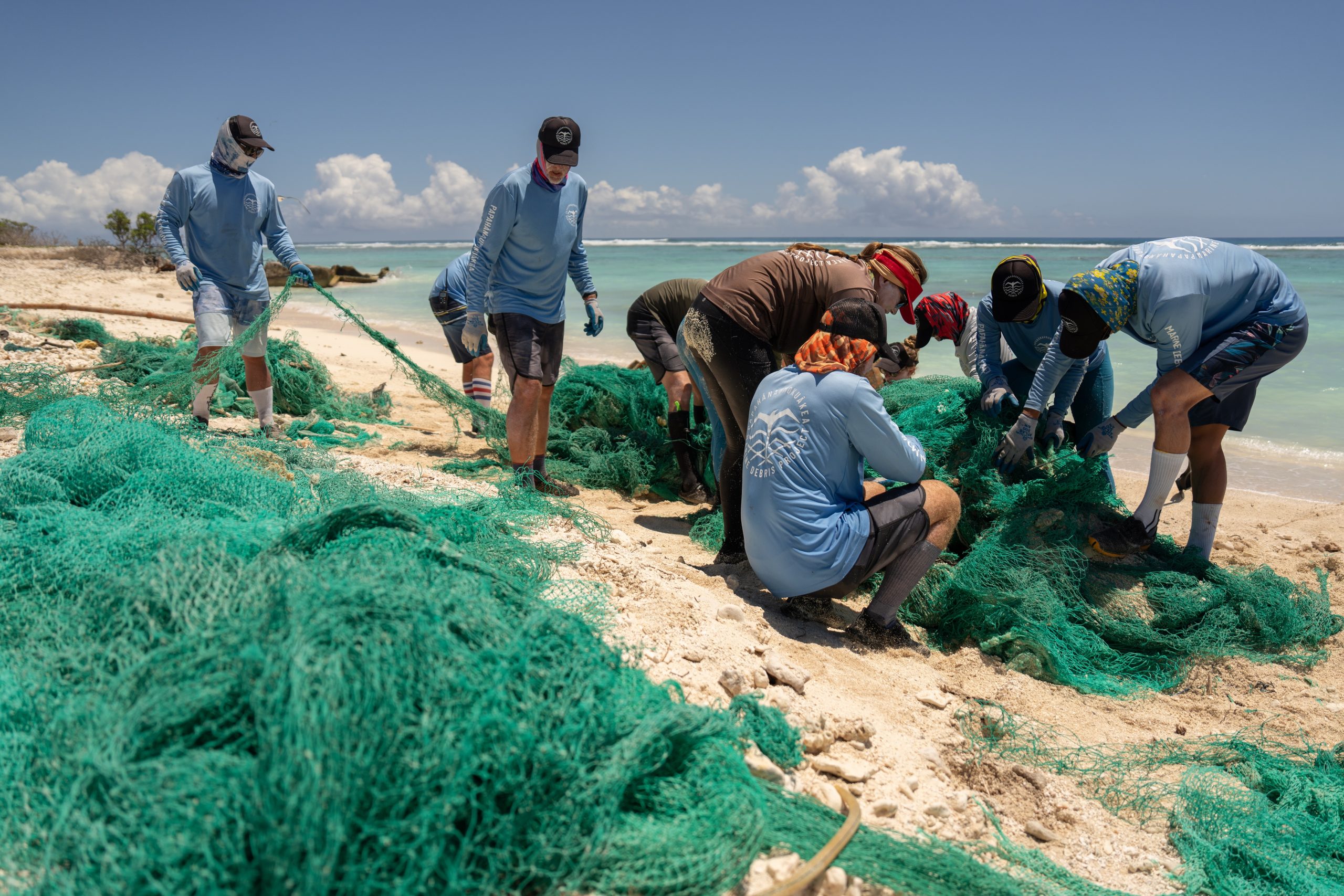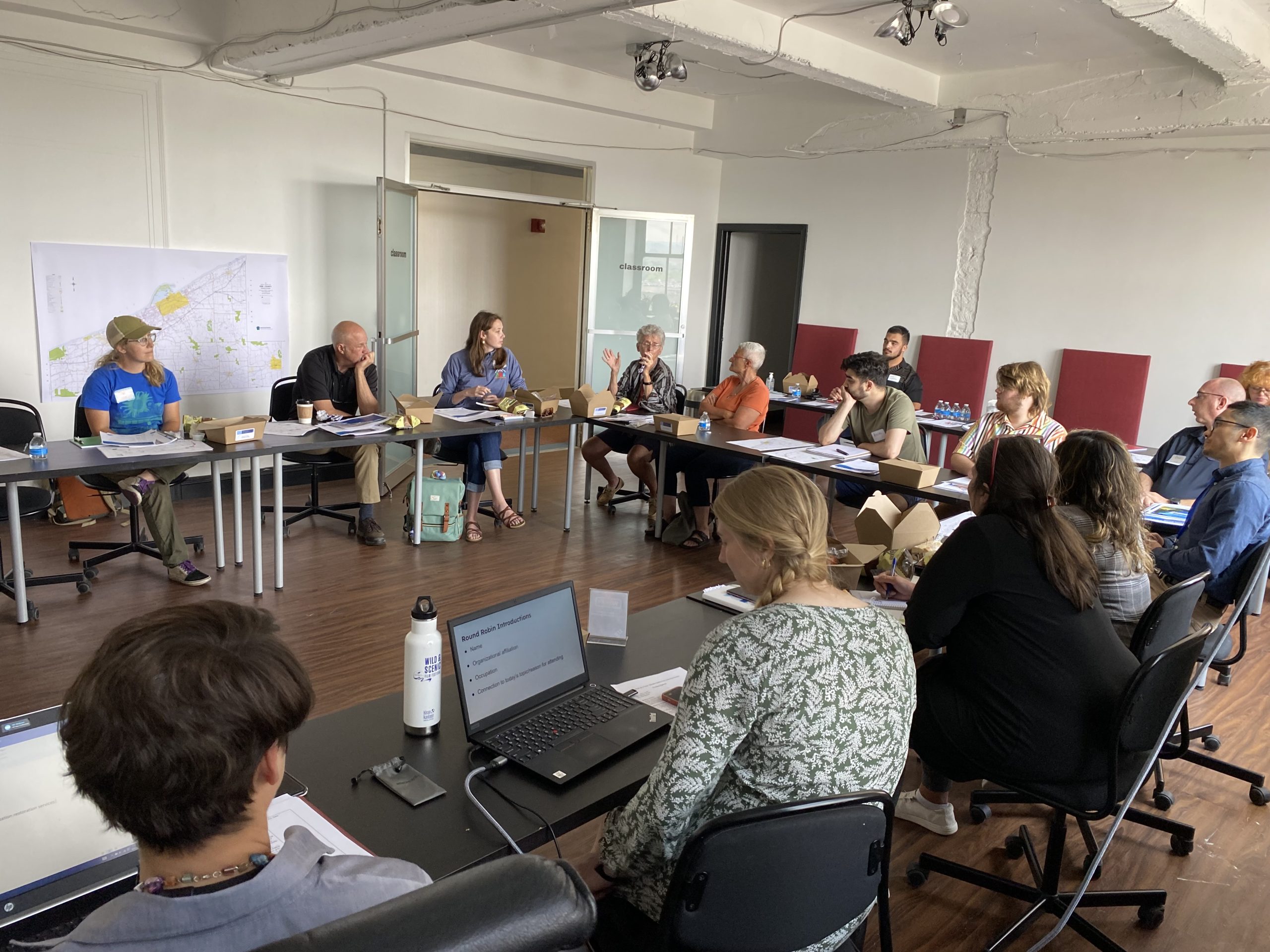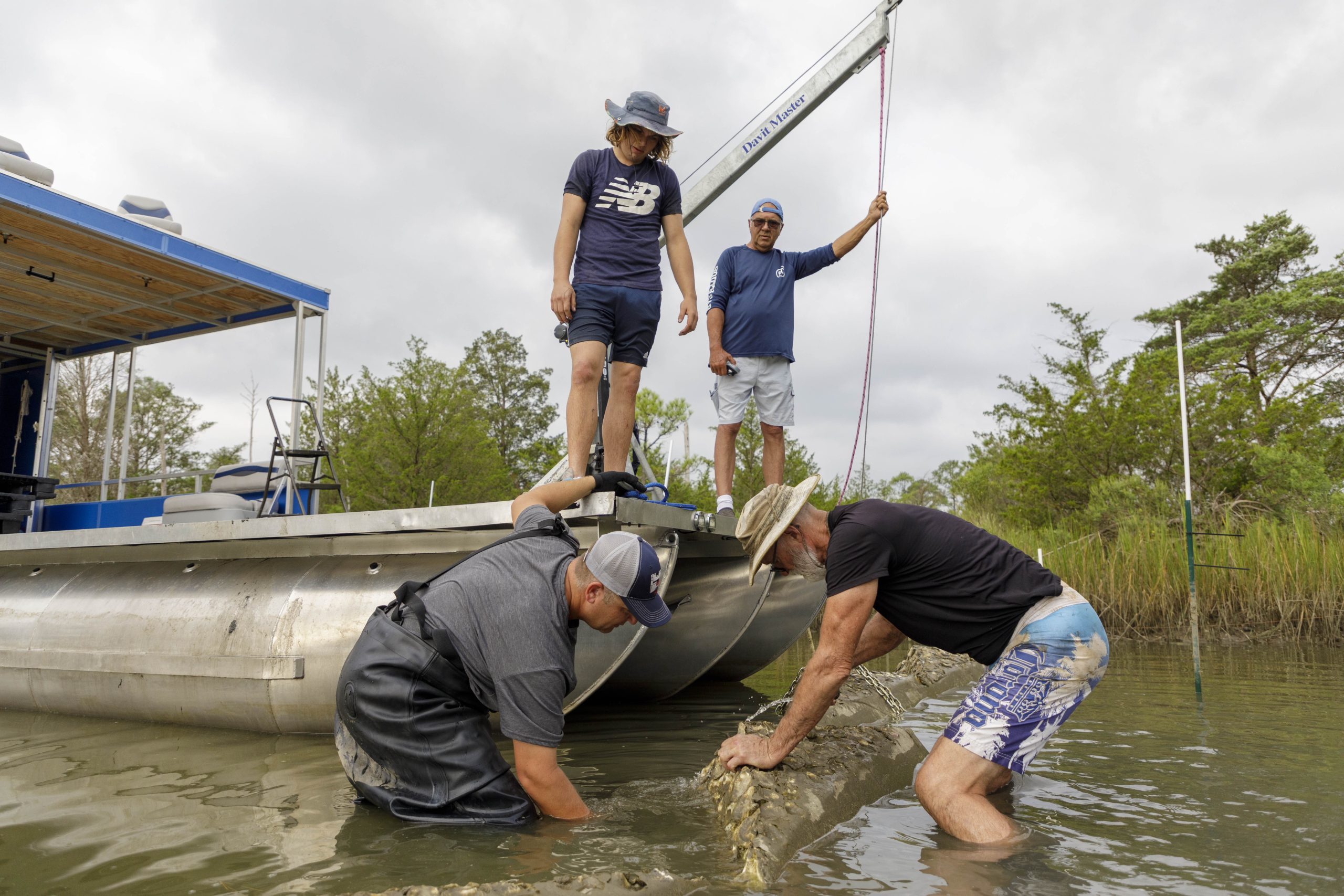Hawai‘i Sea Grant
Residents in the Hawai‘i coastal community of Kailua, O‘ahu were surveyed for their attitudes, perceptions, preferences, and values towards a variety of socio-environmental topics of local interest. Fifteen hundred potential respondents were sampled at random from a database of addresses associated with Kailua’s zip code. Of these, 146 surveys were undeliverable and 699 were returned in usable form for analysis giving a response rate of 52%. This study was conducted in collaboration with the 2010 Kailua Beach and Dune Management Plan (Kailua Plan) and is intended to inform resource management, climate change adaptation, and other community planning efforts. The survey instrument was developed by staff and affiliates of the University of Hawai‘i Sea Grant College Program, with input for select community stakeholders. The final survey was 12 pages in length and formatted into an easily mailable booklet. It contained 27 questions, several of which included multiple response items. Results and some interpretation are presented.
Survey Results Selected Highlights
1. 65% of households earning over $75K and 47.6% are over $100K. Median household income in Hawai‘i is
$67K and in the nation $53K.
2. 56% have lived in the Kailua for more than 24 years with 63% of respondents between 45 and 69 years old.
3. 79% were owners of the dwelling they lived in and only 2% were beachfront.
4. 57% felt that Kailua’s transportation infrastructure is unprepared coastal hazards and 76% of respondents
agreed that public money should be spent on hardening local infrastructure.
5. Relatively high importance was placed on quality of life issues such as sewage management and condition
of parks and recreational facilities with 84% and 76% respectively, who said it was either very or extremely
important and lowest priority to affordable housing (30%).
6. Resource protection and conservation were important issues with the most agreement observed for
reducing trash in storm drain water (91.9% agree), ensuring stream and ground water quality (91.5% and
95% respectively).
7. 91% felt that maintaining a sandy Kailua Beach was either very or extremely important.
8. 78% were opposed to developing Kailua hillside land.
9. 62%were not favorable to increasing visitor accommodation in Kailua.
A PDF is available here: The Kailua Community Survey Report


